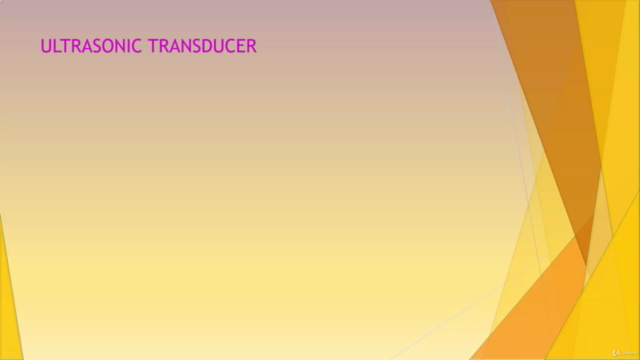Basics of Medical Imaging Technique-Ultrasound

Why take this course?
🧐 Discover the Foundations of Ultrasound Imaging with "Basics of Ultrasound Imaging" 🧪
Course Overview: This comprehensive course is tailored for students and professionals in biomedical sciences, aspiring researchers focused on ultrasonic imaging, and anyone preparing for the GATE exam in biomedical engineering. It's also an invaluable resource for those who operate or work with ultrasound imaging technology.
📚 Course Content:
-
Introduction to Ultrasound: We delve into the fascinating world of ultrasound, exploring its applications in medical diagnostics and the science behind this non-invasive imaging technique.
- Understanding how ultrasound waves function beyond human hearing (greater than 20 kHz).
- The history and development of ultrasound technology, including the pioneering work of Jacques and Pierre Curie on the piezoelectric effect.
-
Ultrasound Transducers: A deep dive into the mechanics and materials behind ultrasound transducers:
- Piezoelectric Effect: The process by which acoustic waves are generated.
- Transducer Materials: An examination of piezoelectric ceramics like lead zirconate titanate (PZT) and their impact on transducer performance.
- Q Factor & Quarter Wave Matching Technique: Learning how these concepts optimize the performance of ultrasound transducers.
-
Ultrasound Wave Properties: This section covers the different display modes of ultrasound imaging:
- A-mode, B-mode, M-mode: Understanding each mode's role in visualizing different aspects of the body.
- 2D and 3D Imaging: The evolution from manual to automated scanning, highlighting the shift to real-time imaging with linear-array transducers.
-
Modern Imaging Techniques: Innovations such as linear sequential arrays, phased-array transducers, and the use of microbubbles for contrast-enhanced imaging are explored. We'll also cover tissue harmonic imaging to differentiate between tissue echoes and those from microbubbles.
-
Coded Excitation Pulses: This advanced technique is discussed as a method to increase ultrasound imaging penetration depth, using coded excitation systems like chirps or pulse-modulated codes.
-
Safety Considerations: The course concludes with an important discussion on the potential risks and biological effects of high-intensity ultrasound pulses, focusing on thermal absorption and cavitation. Understanding these mechanisms is crucial for ensuring patient safety during diagnostic imaging procedures.
Why Take This Course?
- Practical Application: Gain the knowledge needed to understand, operate, and innovate in the field of medical ultrasound imaging.
- Research Ready: Equip yourself with the foundational concepts required for research in this cutting-edge area of biomedical engineering.
- Exam Preparation: If you're prepping for the GATE exam, this course will provide you with a solid understanding of the principles and applications of ultrasound technology.
- Career Advancement: Whether you're a healthcare professional or in a related field, this course will enhance your expertise and contribute to safer, more effective ultrasound imaging practices.
Enroll now to unlock the door to the fascinating world of medical imaging with a focus on ultrasound techniques! 🎓✨
Course Gallery




Loading charts...